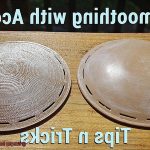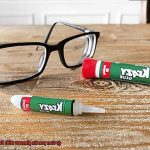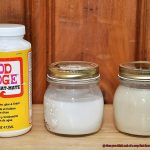Imagine a project that demands the unwavering strength and durability of fibreglass, but also craves the flexibility and adaptability of plastic. Whether you’re a DIY enthusiast or a seasoned pro in construction or automotive repair, you’ve probably wondered: can fibreglass really bond with plastic? Well, wonder no more, because the answer is a resounding yes.
In this captivating exploration, we’ll dive headfirst into the captivating world of bonding these two materials together. Together, we’ll unravel the secrets behind achieving a successful union – from deciphering the complexities of different plastics to selecting the perfect adhesive for your needs. Step by step, we’ll guide you through this thrilling process.
So buckle up and get ready for an exhilarating journey where the fusion of fibreglass and plastic unlocks endless possibilities and lets you create something truly extraordinary.
Adhesive Bonding: Using Epoxy Adhesives
Contents
- 1 Adhesive Bonding: Using Epoxy Adhesives
- 2 Surface Preparation for Adhesive Bonding
- 3 Applying the Epoxy Adhesive
- 4 Structural Adhesives for Bonding Dissimilar Materials
- 5 Preparing the Surfaces for Structural Adhesives
- 6 Applying Structural Adhesives
- 7 Choosing the Right Structural Adhesive
- 8 Mechanical Fasteners for Joining Fibreglass and Plastic
- 9 Conclusion
When it comes to joining fibreglass and plastic materials, selecting the right adhesive is crucial. Epoxy adhesives are a popular choice due to their exceptional strength and durability. In this article, we will explore the concept of adhesive bonding using epoxy adhesives, providing a step-by-step guide to achieving a strong and lasting bond between fibreglass and plastic.
Selecting the Right Epoxy Adhesive:
To ensure a successful bond, it is essential to choose an epoxy adhesive that is compatible with both fibreglass and plastic materials. This compatibility ensures optimal adhesion, preventing issues such as delamination or weak bond strength.
Surface Preparation:
Before applying the epoxy adhesive, it is vital to prepare the surfaces properly. Thoroughly clean both the fibreglass and plastic surfaces, eliminating any dirt, grease, or contaminants. A suitable solvent or degreaser should be used for cleaning. Additionally, lightly roughen the surfaces with sandpaper to increase the surface area for better adhesive adhesion.
Mixing and Application:
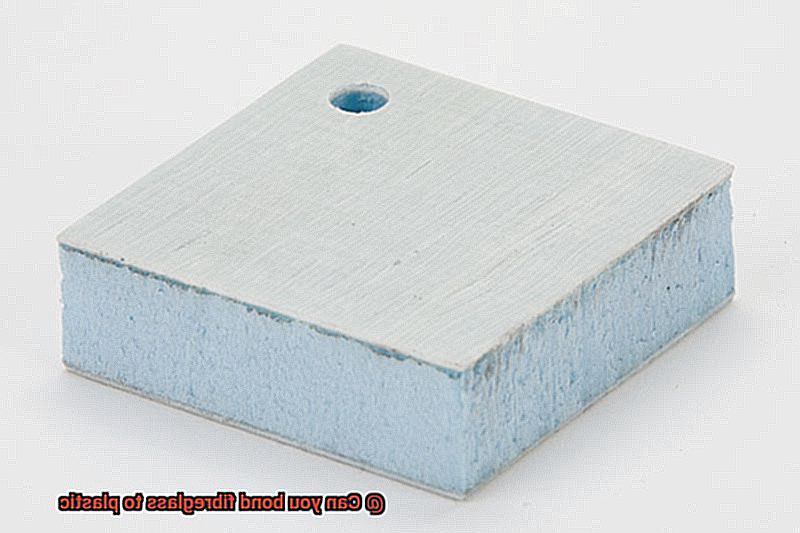
Follow the manufacturer’s instructions for mixing the epoxy adhesive, as they typically consist of two components – a resin and a hardener. Mixing these components in the recommended proportions activates the adhesive’s bonding properties. Apply the mixed adhesive evenly onto one of the surfaces using a brush or spatula.
Pressing and Securing:
After applying the epoxy adhesive, firmly press the fibreglass and plastic surfaces together to ensure proper contact between the adhesive and the materials being bonded. Mechanical pressure, such as clamps, should be used to hold the bonded parts in place until the adhesive cures.

Curing Time:

The curing time can vary depending on the specific epoxy adhesive used. Refer to the manufacturer’s instructions for the recommended curing time. It is crucial to leave the bonded parts undisturbed during this period to allow the adhesive to fully cure.
Surface Preparation for Adhesive Bonding
Surface preparation is a crucial step in adhesive bonding, particularly when bonding fibreglass to plastic. It ensures that the adhesive forms a strong and durable bond between the two materials. The process involves several key sub-topics:
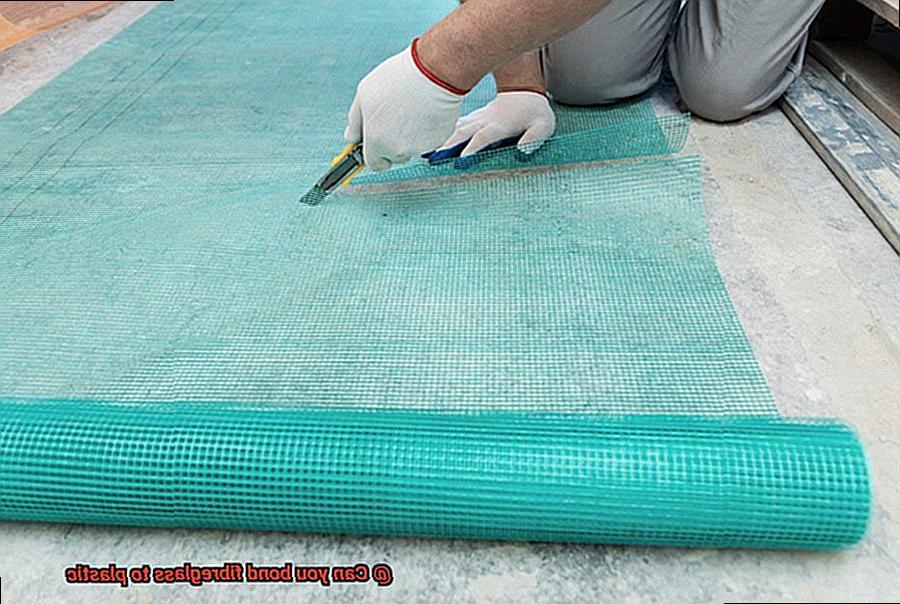
- Cleaning: To achieve good adhesion, surfaces must be free of dirt, dust, grease, and other contaminants. Using a mild detergent or suitable solvent, clean the surfaces thoroughly according to the manufacturer’s instructions.
- Roughening: Increasing the surface area available for bonding and promoting mechanical interlocking between the adhesive and materials is essential. This can be achieved through sanding, grit blasting, or chemical etchants, while prioritizing safety and using proper protective equipment.
- Drying: Moisture can compromise adhesion, so ensure that surfaces are completely dry before applying the adhesive. Allow them to air dry or gently wipe away any remaining moisture with a clean cloth.
- Priming and Adhesion Promoters: Some adhesives may require additional assistance in achieving optimal adhesion. Primers and adhesion promoters create a chemical bond between the adhesive and fibreglass and plastic materials, enhancing the connection. Consult manufacturer’s instructions for specific recommendations.
- The Golden Rule: Once surfaces are prepared, handle them with care to avoid recontamination. Use clean gloves to prevent oils and contaminants from transferring onto the prepared surfaces. Keep surfaces protected from dust and other particles until the adhesive is applied.
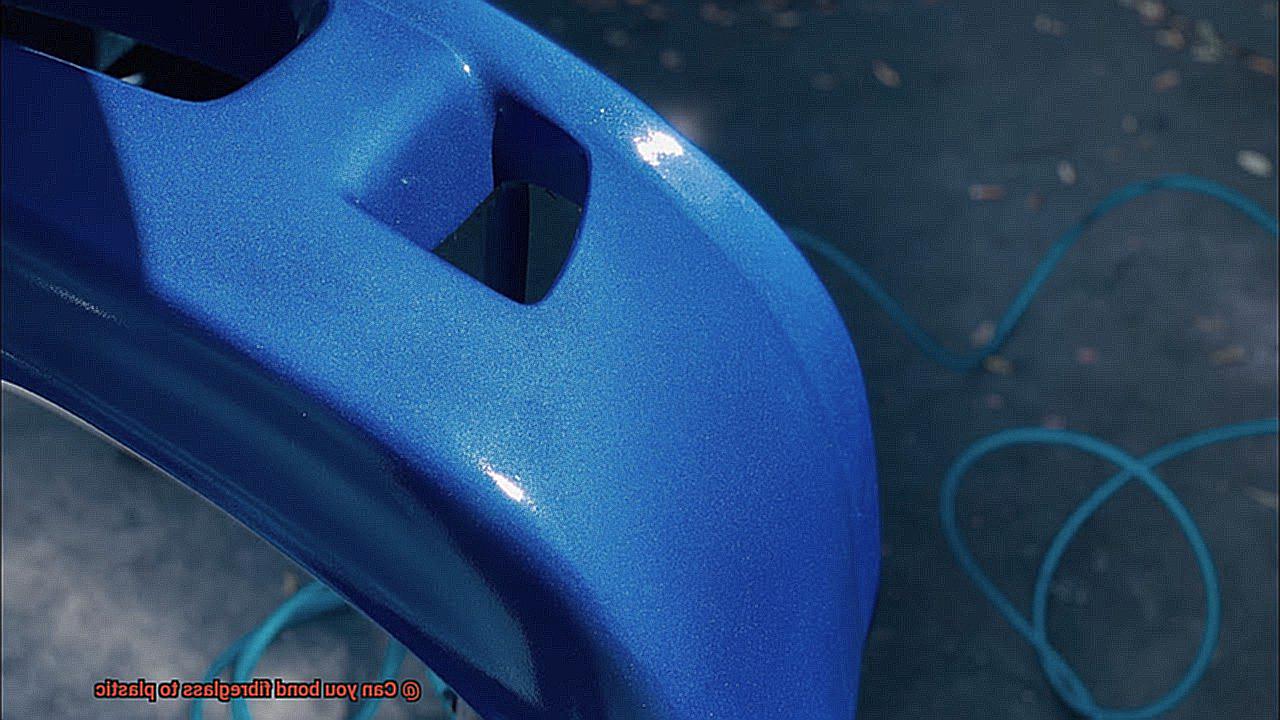
Applying the Epoxy Adhesive
Today, we’re diving into the captivating process of applying epoxy adhesive to fibreglass and plastic surfaces. Whether you’re a DIY enthusiast or a professional in need of some expert guidance, this step-by-step guide will help you create bonds that are as strong as Hercules himself.
Step 1: Prepare the Surfaces
Prepare for adhesive mastery by giving both the fibreglass and plastic surfaces a spa treatment. Cleanse them of any dirt, grease, or contaminants that could spoil the bond. Use a solvent or sandpaper to create a roughened surface, ensuring better adhesion. Remember, cleanliness is key.
Step 2: Mix with Precision
Prepare for a chemical adventure. Epoxy adhesive comes in two parts – resin and hardener. Follow the manufacturer’s instructions diligently to achieve the perfect ratio for curing. Combine equal amounts of resin and hardener in a clean container, mixing them until they are fully combined. Chemistry meets craftsmanship.
Step 3: Apply with Finesse
With your epoxy adhesive mixed to perfection, it’s time to apply it to both the fibreglass and plastic surfaces. Use a brush or spatula to spread the love evenly. But beware. Don’t go overboard, as excess application may cause glue to squeeze out when pressure is applied. A gentle touch goes a long way.
Step 4: Press and Hold
Bonding time. Press the fibreglass and plastic surfaces firmly together, ensuring maximum contact between them. Employ clamps or weights to hold them in place while the adhesive cures like a romantic embrace. Patience is key here, as curing time varies depending on the product used.
Step 5: Unveiling the Bond
Once your epoxy adhesive has worked its magic and cured completely, it’s time to reveal the flawless connection beneath. Remove any excess glue that may have escaped during the bonding process using a scraper or sandpaper. Unveil the masterpiece you’ve created.
Structural Adhesives for Bonding Dissimilar Materials
In this post, we will dive into the world of structural adhesives and uncover the key considerations for bonding dissimilar materials.
Let’s start with the adhesive itself. Epoxy adhesives are a popular choice for bonding fibreglass to plastic due to their high strength and excellent bonding properties. These adhesives are specially formulated to create durable bonds between different types of materials, making them ideal for our challenge.
Now, onto the important factors to consider when using a structural adhesive. First and foremost, adhesion strength is crucial. You want an adhesive that is compatible with both fibreglass and plastic, providing a strong and long-lasting bond.
But wait, there’s more. Environmental conditions can impact adhesive performance. Consider factors like temperature, humidity, and exposure to chemicals or UV light. You need an adhesive that can withstand these conditions without compromising its bond strength.
Surface preparation is another critical step. Both fibreglass and plastic surfaces should be clean, dry, and free from contaminants or debris. Use appropriate solvents or cleaning agents for each material. Some structural adhesives may require surface treatments like roughening or priming to enhance adhesion.
Curing time is essential too. Follow the manufacturer’s instructions regarding mixing ratio and curing time. Allow enough time for the adhesive to fully cure before subjecting the bond to stress or load.
Lastly, consider using mechanical fasteners in addition to the structural adhesive for added strength and support. This provides extra reassurance that your bond will stand the test of time.
Preparing the Surfaces for Structural Adhesives
Let’s start with an essential rule of thumb: cleanliness is paramount. Before applying any adhesive, ensure both your fibreglass and plastic surfaces are squeaky clean. Bid farewell to dirt, grease, and oil – they have no place in this adhesive adventure.
Once your surfaces are spotless, it’s time to roughen things up a bit. Don’t worry, we’re not talking about starting a brawl – just creating a textured landscape that will help the adhesive grip onto the materials. Gently sand or abrade the surfaces using sandpaper or an abrasive pad. Remember, we’re aiming for adhesion, not destruction.
Now, let’s talk about those elusive plastics that need a little extra love. If you find yourself dealing with one of these tricky plastics, consider using a primer or adhesion promoter. These enchanting products enhance bond strength by promoting adhesion between the adhesive and the plastic surface. Just follow the manufacturer’s instructions and let these magical elixirs work their wonders.
Alright, you’ve scrubbed and roughened – now it’s time to dry. Ensure those surfaces are bone dry before applying the structural adhesive. Any lurking moisture can meddle with the curing process and leave you with a weak bond. Let them air dry or use a clean, dry cloth to guarantee no sneaky moisture crashes your glue party.
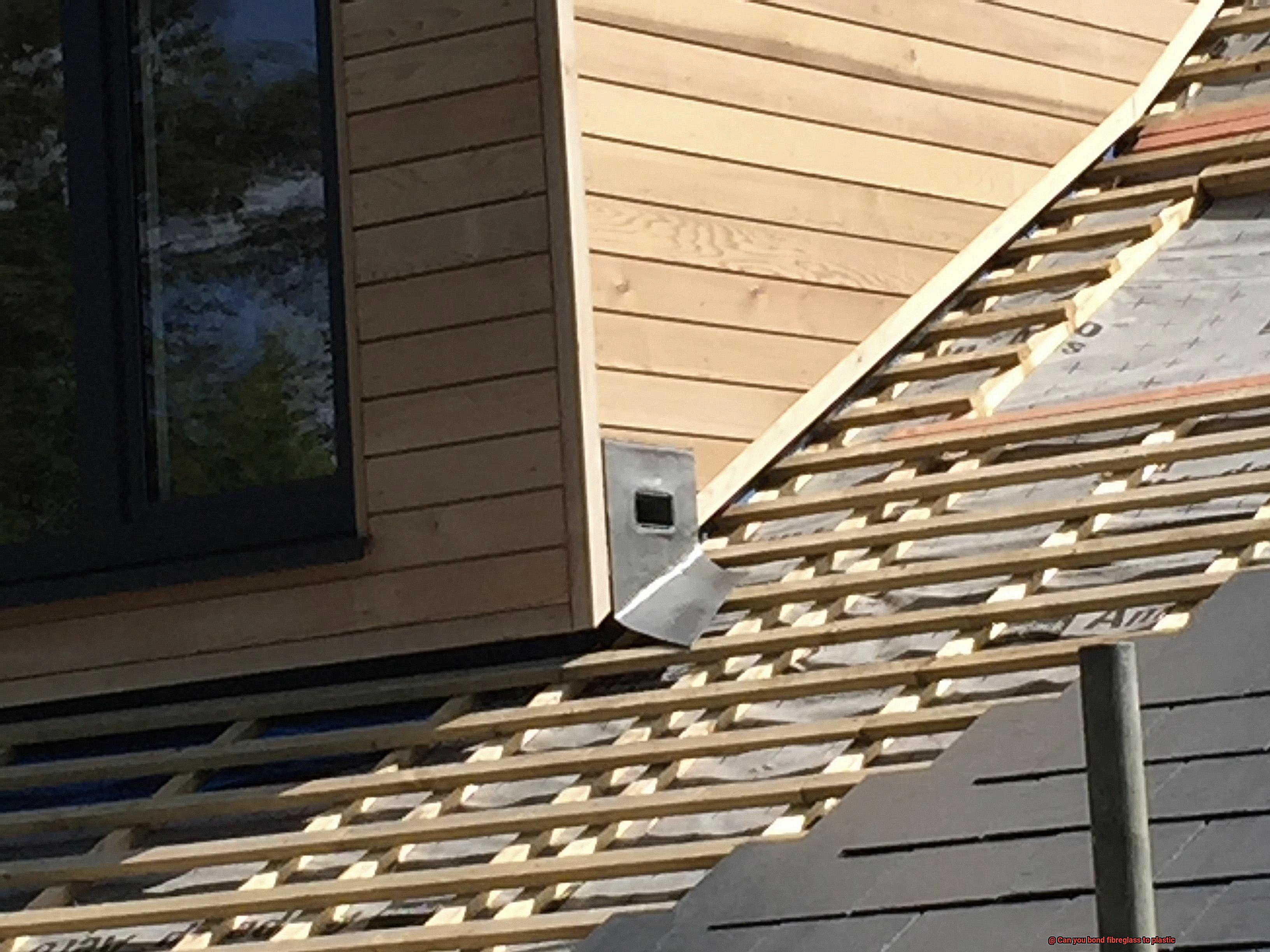
One last factor to consider is your environment. Find a clean, well-ventilated area for bonding. Extreme temperatures or humidity can play havoc with your adhesive’s performance and curing process, so try to maintain moderate conditions.
Applying Structural Adhesives
When it comes to applying structural adhesives, there are a few key steps to keep in mind. First and foremost, cleanliness is crucial. Before you even think about reaching for the adhesive, make sure both the fibreglass and plastic surfaces are squeaky clean. No grease, no oil, and definitely no pesky dust particles allowed. Grab your trusty cleaning supplies and get those surfaces spotless.
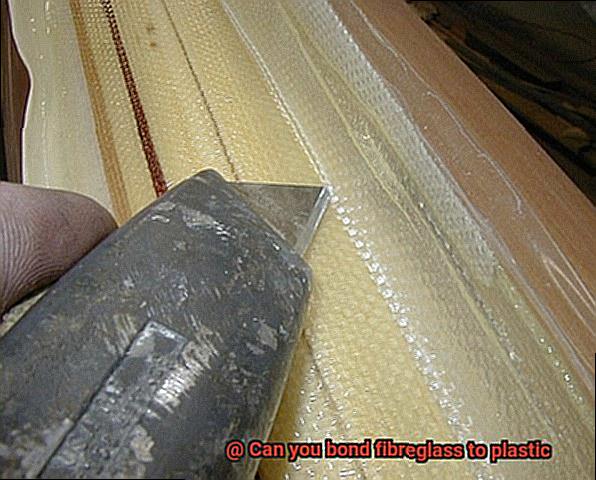
Now, let’s dive into the fun part – applying the adhesive. Depending on the size and shape of the bonding area, you can choose to use a brush, a roller, or even a precision applicator. The goal here is to apply the adhesive evenly on both surfaces, just like spreading butter on toast. Smooth and consistent application is key to achieving a strong bond.
But hold on just a second. Different adhesives have different curing times and temperature requirements. It’s absolutely crucial to follow the manufacturer’s instructions to a tee. We don’t want any glue mishaps ruining our hard work, do we? So take a moment to read those instructions carefully and make sure you have everything you need to proceed.
Once the adhesive is applied, it’s time to bring our fibreglass and plastic buddies together. Press them firmly to ensure maximum contact between the surfaces. If you want to play it safe, use clamps or other securing devices to hold them in place while the adhesive does its magic. We want that bond to be as tight as possible.
Now here’s where patience comes into play. The curing time of the adhesive will depend on factors like temperature and humidity. So sit back, relax, and give that adhesive enough time to fully cure before subjecting your bonded materials to any stress or load. Trust me, it’ll be worth the wait.
Once the adhesive has cured, it’s time for some clean-up. Remove any excess adhesive using solvents or mechanical means. We want our bond to be flawless, after all. So take the time to tidy up those edges and ensure a seamless finish.
And one last piece of advice before we part ways – not all adhesives are created equal. It’s crucial to choose an adhesive that is compatible with both fibreglass and plastic. Don’t be shy about consulting adhesive manufacturers or industry experts for guidance. They can help you make the right choice and ensure your bond is strong and long-lasting.
Choosing the Right Structural Adhesive
When it comes to bonding fibreglass to plastic, selecting the right structural adhesive is of utmost importance.
The adhesive you choose will determine the strength and durability of the bond, as well as its resistance to environmental factors such as moisture, heat, and chemicals.
To ensure a successful bond, it is crucial to consider specific requirements and factors. Let’s explore these factors further:
- Strength and Durability: Different adhesives possess varying bonding properties. Epoxy adhesives, known for their high strength and excellent bonding capabilities, are often an ideal choice. On the other hand, polyurethane adhesives offer a strong bond with resistance to impact and vibration. By considering the specific requirements of your application, you can ensure that the adhesive you choose provides the necessary strength and durability.
- Environmental Factors: Fibreglass and plastic materials can face exposure to various environmental factors such as moisture, heat, and chemicals. Some adhesives exhibit greater resistance to these elements than others. For example, acrylic adhesives are renowned for their resistance to weathering and UV exposure. By carefully considering the environmental conditions your bond will endure, you can select an adhesive that offers the necessary resistance.
- Compatibility: Not all adhesives are suitable for bonding all types of plastics. It is crucial to check compatibility before use. Acrylic adhesives, for instance, may not be suitable for certain plastics due to their chemical composition. By considering the specific type of plastic you are bonding fibreglass to, you can select an adhesive that is compatible and ensures a strong bond.
- Flexibility: Flexibility is another important factor when choosing a structural adhesive for bonding fibreglass to plastic. Some adhesives possess good flexibility, allowing them to withstand movement without cracking or breaking. This characteristic is particularly crucial in applications where there may be constant movement or vibrations.
- Test Bonding: Performing a small test bond before proceeding with a larger project is always recommended. This will help you determine the compatibility and adhesion strength of the adhesive. By conducting proper testing, you can ensure that the adhesive you choose meets your specific requirements and provides a strong and durable bond.
Mechanical Fasteners for Joining Fibreglass and Plastic
When it comes to joining fibreglass and plastic materials, mechanical fasteners are the unsung heroes, providing a secure bond that can withstand even the toughest challenges. Let’s delve into the world of mechanical fasteners and uncover the key players that make this connection possible.
Screws:
Versatile and easy to use, screws are a go-to choice for joining fibreglass and plastic. Self-tapping screws are especially handy as they create threads in the materials as they’re inserted, ensuring a tight and secure fit. Screws offer convenience and strength, making them suitable for various applications such as automotive, construction, and marine industries.
Advantages: Versatility, ease of use, strong connection.
Disadvantages: May require pre-drilled holes in some cases.
Rivets:
For a permanent fastener solution, rivets rise to the occasion. These cylindrical shafts with heads on one end are inserted into pre-drilled holes in the materials being joined. By deforming the end of the shaft, a second head is formed, creating a strong and secure connection. Rivets are commonly used in aerospace, automotive, and structural applications.
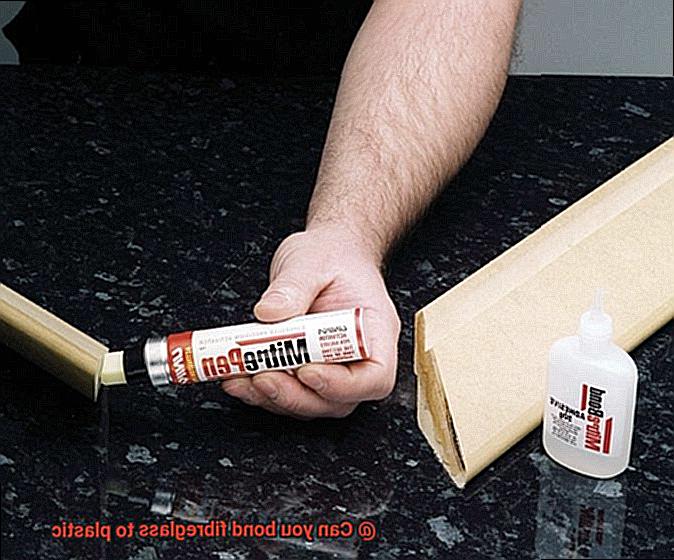
Advantages: Permanent connection, high strength.
Disadvantages: Requires pre-drilled holes, difficult to remove once installed.
Bolts, Nuts, Washers, and Clips:
When extra strength is required, bolts and nuts are ideal choices. Bolts have a larger diameter than screws and require a nut to secure them in place. Washers play a crucial role by distributing the load over a larger area, reducing stress concentrations. Clips provide a simple yet effective way to hold two pieces of material together.
Advantages: High strength, adjustable tension.
Disadvantages: Requires more installation steps compared to other fasteners.
Torque Wrenches:
Proper installation and tightening of mechanical fasteners are essential for optimal performance. Torque wrenches allow you to tighten fasteners to the correct torque value, ensuring a secure connection that won’t come loose over time. They are crucial in industries such as aviation, automotive, and manufacturing.
Advantages: Ensures proper tightening, prevents over-tightening.
Disadvantages: Requires additional tool and expertise.
xIFjRF6GzFw” >
Conclusion
In conclusion, the answer to the question “Can you bond fibreglass to plastic?” is a resounding yes. You can forge an unbreakable connection between these two materials by employing the right adhesive and adhering to proper surface preparation and application techniques.
Epoxy adhesives reign supreme when it comes to bonding fibreglass to plastic. Their exceptional strength and durability make them the go-to choice for this task. But remember, not all epoxy adhesives are created equal. It’s crucial to select one that is compatible with both fibreglass and plastic in order to achieve optimal adhesion.
To ensure a rock-solid bond, start by giving the surfaces a thorough cleaning. Eliminating any dirt or grime will pave the way for successful adhesion. Then, roughen up those surfaces with sandpaper, allowing the adhesive to grip on tightly.
Even distribution of the epoxy adhesive is key. Apply it evenly onto one of the surfaces, making sure every nook and cranny is covered. Next, press the fibreglass and plastic together firmly, ensuring proper contact between the adhesive and materials being bonded. This step guarantees a bond that won’t budge.
Patience is essential when working with epoxy adhesives. Give them ample time to cure, allowing them to solidify into a bond that can withstand even the toughest challenges.
Surface preparation holds immense importance in adhesive bonding, especially when joining fibreglass to plastic. Thoroughly clean those surfaces until they gleam like new, roughen them up for added grip, and make sure they’re dry as a bone before applying any adhesive – these steps will elevate your adhesion game.
When selecting a structural adhesive for this task, take factors like strength, durability, compatibility with different plastics, resistance against environmental factors, flexibility, and conducting test bonding into account. These elements will guide you towards making an informed decision that ensures success.
Mechanical fasteners can also come to the rescue when bonding fibreglass to plastic. Think screws, rivets, bolts, nuts, washers, clips – these versatile tools offer strength and adjustability of tension. With the help of a torque wrench, you can tighten them just right.
In summary, whether you opt for adhesive or mechanical fasteners to bond fibreglass to plastic depends on your specific application requirements.


